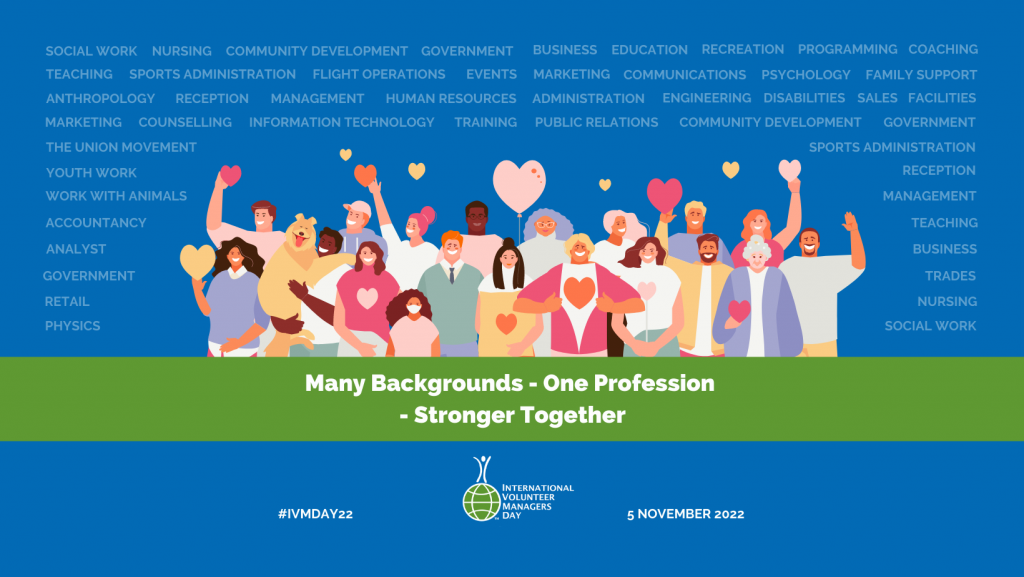Our world is changing ever more rapidly as technology and creativity continue on their exponential curve of acceleration. The only limit to innovation seems to be people’s imagination. Check out Future Crunch www.futurecrunch.com.au if you want confirmation of this! The voluntary and community sector is no exception to this exciting momentum with ideas, initiatives and new ways of being developing all the time.
Yet, when we look at the way we (I’ll use we as a euphemism for the voluntary and community sector) approach governance so many organisations still apply the same boring and limited processes that they were using decades ago. While there are certain standards we have to meet we can do better than this! So let’s bring some creativity to the way we govern so we have edgy, exciting meetings that are agile and fit for purpose, not those dull meetings that seem to plod through the same old format replicating the same old discussion month in month out.
What does governance for the future look like?
How can we do that? In myriad ways, we just have to see governance as an area that we can be creative in instead of accepting the way people have always done it. In case you think I’m just rambling it’s probably a good time to point out that my views have been shaped by many years participating in and chairing boards, many creative processes founding organisations and exploring better ways to govern them and a two year research project that explored governance in the voluntary and community sector.
Firstly, and to keep our governance on track as we get creative, we can visualise a model of good practice (and models of poor practice). These models came out of our research and look like this:

Simply visualised above the black line is governance thinking and below it is operational thinking. The first model (just called the closed box model) reflects governance that is disconnected from the operations of the organisation and ineffective; the reverse model (called the overlapping circle model) is where there is blurring of governance and management roles, equally ineffective. We want to aim for the linked triangle model. Governance, which sets the vision and direction, connects to operations, but stays out of the way enabling operations to succeed without suffocating it. We can provide more explanation about these models if people are interested.
You can also keep on top of the basic difference between governance and operational thinking by using a set of simple questions:
For governance the key questions are:
- Where are we now?
- Where do we want to go / what do we want to achieve?
- What are our priorities?
- What is happening that may impact on this journey?
Management then helps answer the question:
- How do we get there?
Now that we can ensure we have our basic governance focus right, we can get creative. We don’t need to spend the majority of the meeting re-reading the minutes and listening to Chairs, Managers, Treasurers and others reading out their reports. Let’s free our governance time up to focus on what’s going to happen, not what has happened. A future focused board is going to help to guide a future focused organisation that will remain relevant and exciting, not become tired and out dated.
Use your agenda as a key tool to achieve this and develop a process that ensures material has been read in advance so your agenda is full of discussion about future focused opportunities or challenges and major strategic issues. As an example you could send out your minutes and reports ahead of the meeting and require trustees to read them. If they want something discussed at the meeting ask them to feed that back and add it to a strategic issues section on your agenda. When you get to the meeting you can then simply receive the minutes and reports, not read them out or discuss them because all substantive issues will be on your agenda. With this done you can create more space to look ahead –what’s coming that you need to be thinking about or responding to?
Is minute taking a chore in your organisation? Consider painting a whiteboard wall and record your key discussions and action on the wall as you go. At the end take a phot and circulate it. Minutes done.
Do you struggle with the demands of a monthly meeting cycle? Have you asked yourselves why you meet monthly? What actually happens in a month that requires you all to regroup? Would once every 6 weeks or once every two months be better – it’s certainly less time consuming and if you have a Coordinator or Manager it’s a lot less reporting for them! Instead of always meting together consider available platforms that can help you meet and/or attend to your governance responsibilities virtually. Platforms like Loomio are purposely designed with a decision making functionality so you can even discuss, create and vote on resolutions remotely!
This article on governance for the future could be a lot longer, but there isn’t space. The key message is that voluntary and community sector governance is too often lacking in creativity and as a consequence lacking in energy. Governance can be an innovative space if we explore what might be possible and our organisations would probably benefit from the insights and agility that emerge.
 Simon Cayley, Chief Executive Officer
Simon Cayley, Chief Executive Officer
Bishops Action Foundation
Simon has extensive experience in community development, capacity building, social research, governance and management.




About The Author: Michelle Kitney
Chief Executive, Volunteering New Zealand
More posts by Michelle Kitney